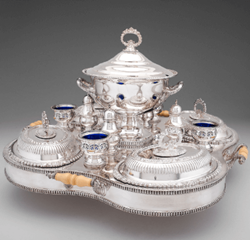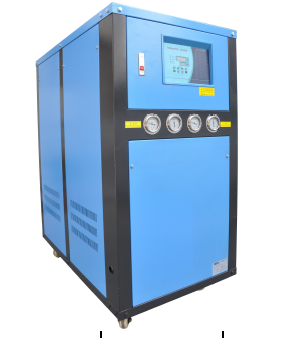1 Introduction
Cyanide silver plating with its good dispersion ability, high current efficiency, the solution composition is stable, fine and uniform coating, etc., are widely used. In 2014, I plant silver-plated liquid appeared a failure, affecting the production. After analysis, ruled out the failure to restore the production.
2 process
to the oil → pickling → pyrophosphate copper → silver → dip → drying
3 failure phenomenon Symptom
silver-plated layer rough, hairy, uneven, poor dispersion of the bath, low current density area coating thin or no coating, coating adhesion is poor, after plating parts in the 80 ~ 100 ℃ drying Bubbling phenomenon.
4 causes of analysis
resulting in coating flowers, rough and poor dispersion may have the following reasons:
(1) parts pretreatment is not clean; (2) electroplating when the current density is too large; (3) pyrophosphate copper plating solution is faulty; (4) cyanide silver plating solution is faulty.
In the field analysis, we repeated the electroplating process, parts pre-treatment, electroplating are in strict accordance with the requirements of the process, there are still failures, ruled out the first and second reasons; parts copper plating and then nickel, the fault disappears. Analysis of copper, silver plating solution, the content of the ingredients are within the process specifications, and copper parts after the surface coating evenly, excluding the third reason, combined with the phenomenon of poor dispersion of silver plating, the initial identification of the crux of the problem Silver plating solution.
The composition of the silver plating solution shows that the content of the composition is within the process range; the Hull tank test shows that the overall coating uniformity of the test piece is poor and the low current density area is thin.
Various phenomena indicate that the fault is caused by contaminant contamination.
5 troubleshooting
5.1 dilution treatment;
Preparation of some new solution, according to the new and old solution volume ratio of 1: 3, 1: 2, 1: 1, respectively, Hull tank test, the test piece did not change. Such as continue to reduce the proportion of the old solution to experiment, even if there is a change in the effect, there is no practical significance, this program is denied.
5.2 small current electrolytic treatment;
Take 50L solution, small current electrolytic treatment 8h, the Hull tank test, no obvious effect, this program has also been denied.
5.3 Adsorption treatment;
take 50L plating solution, according to the proportion of 6mLL 30% hydrogen peroxide (diluted 3 to 5 times to join), stirring 30min, standing 30min, adding activated carbon 8gL, stirring 30min, standing 4h filter, small current Electrolytic treatment for 4h after the Hull tank test, the appearance of the test film has improved significantly, evenly plated, low current density area is particularly evident. Analysis of the composition of the bath before and after the treatment of silver cyanide and potassium cyanide were reduced by 3gL and 6gL, are still in the process range limits.
With the above treatment of the plating solution test plating, coating uniform and meticulous, good dispersion ability, Φ6mm, deep 70mm hole bottom coating thickness to meet the requirements of parts at 120 ℃ for 1h insulation did not appear bubbling phenomenon.
We in accordance with the above method for large tank solution for processing, the small batch test plating, return to normal, solution troubleshooting.
6 Conclusion
silver-plated liquid impurities in the long-term accumulation caused. In order to avoid the recurrence of such failures, we have perfected the operating procedures and re-emphasized the implementation of process discipline. (3) the parts falling into the plating tank must be removed in time; (4) the tank, the feeding and the feeding of the material; (2) Recovery of water must use distilled water; (5) regular circulation of the bath filter, every six months with hydrogen peroxide and activated carbon treatment of the bath.
The impurities in the silver plating solution are caused by the long-term accumulation. In order to avoid the recurrence of such failures, we have perfected the operating procedures and re-emphasized the implementation of process discipline.





